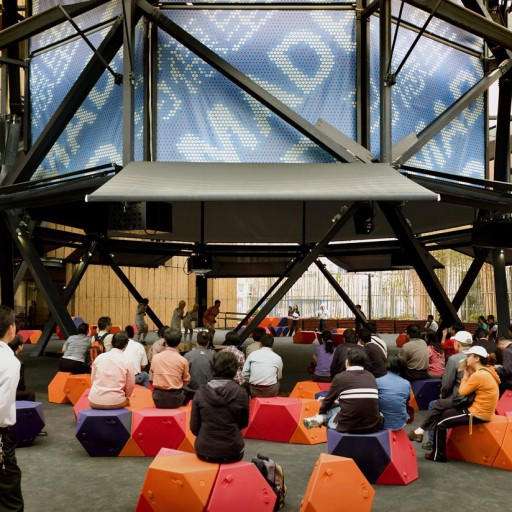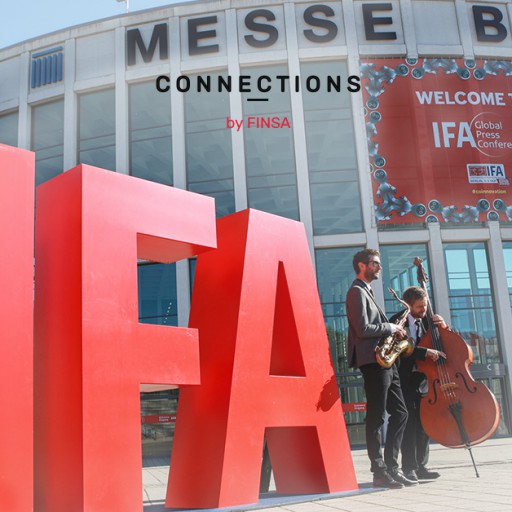The buildings in which we live, work, learn, and relax have a profound impact on our health and wellbeing. Following many years of studies, in 2014 the International WELL Building Institute (IWBI) created the WELL Building Standard in order to identify the buildings that are having a positive impact on us. This standard is based on the fulfilment of a series of criteria which focus on improving the health and wellbeing of the building’s occupants.
From Leed to WELL
Bieito Silva is the head of WELL certification at the ITG, the official partner of the IWBI in Spain and Latin America, and says: “There are many certifications, and some standouts include the BREEAM and the LEED, which focus on the impact of a building on the environment, howeve WELL focuses on the building’s impact on the health and wellbeing of the people”.
WELL does more than look at the design and performance of the building, placing value on other elements related to its use to determine if it’s an ideal space for people to use. “The WELL certification is not just related to the building’s construction, but also to how it is managed”, with criteria regarding HR policies and wellbeing strategies, such as encouraging healthy eating or exercise.
“The impact of built spaces on people’s health is not talked about as much as it should be”, says Bieito Silva. He gives the example of how we associate air pollution with traffic, yet we ignore the fact that closed spaces are between two and five times more polluted than open spaces. This problem can often be solved by adequate ventilation. As partners of the IWBI, the ITG try to shine a light on these issues.
https://www.instagram.com/p/B5sRByUDKIf/?utm_source=ig_web_copy_link
From air quality to creating a community: the certification process
The WELL Building Standard certification evaluates if the building fulfills 117 criteria (features) related to its design, performance, and use, all of which are about creating healthy communities. They have been classified into 10 evaluable concepts: air, water, nourishment, light, movement, thermal comfort, sound, materials, mind, and community. The features include everything from fostering group activities to having adequate lighting and soundproofing.
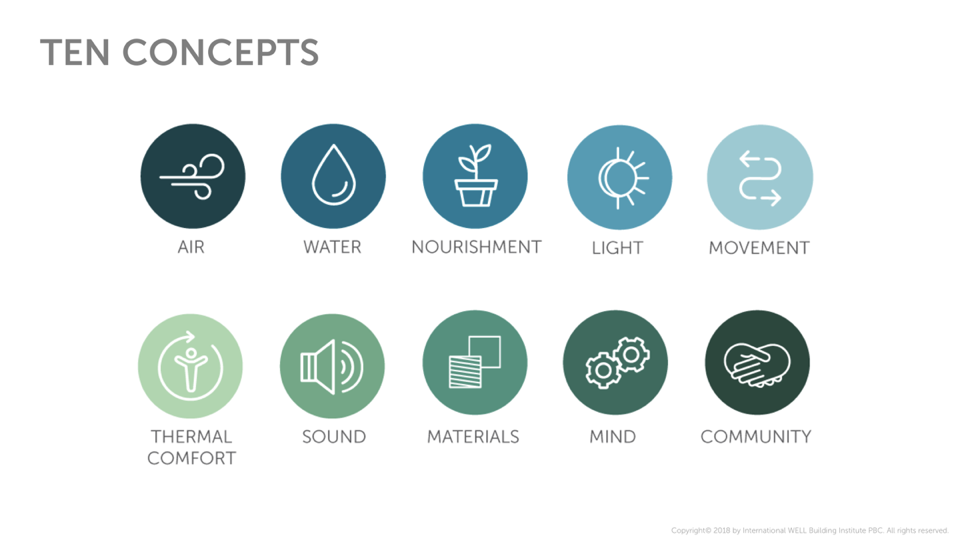
There are three levels of certification when it comes to fulfilling the criteria: Silver, Gold, or Platinum. The level awarded is determined during the process of verification or “performance verification” which all projects must pass before obtaining the certification. As the official partner of the IWBI in Spain and Latin America, the ITG is in charge of these verifications. Bieito Silva described the process to us:
“First, there is the document verification: some of the required features are verified by the sending of documents such as plans, reports, or fact sheets. Once they have passed the first stage, there is an on-site verification which consists of surveying and visual inspections to check that the facilities match the documents. Different tests are performed to measure the quality of the air, the water, the light, thermal comfort, and acoustics.”
Once the certification has been obtained, a re-certification process occurs every three years to make sure that the features are being maintained while they are being used, because if not they are no longer as effective. Bieito gives us the example of when air quality is linked to a filtration system and the filters are not changed frequently enough, the air quality gets worse.
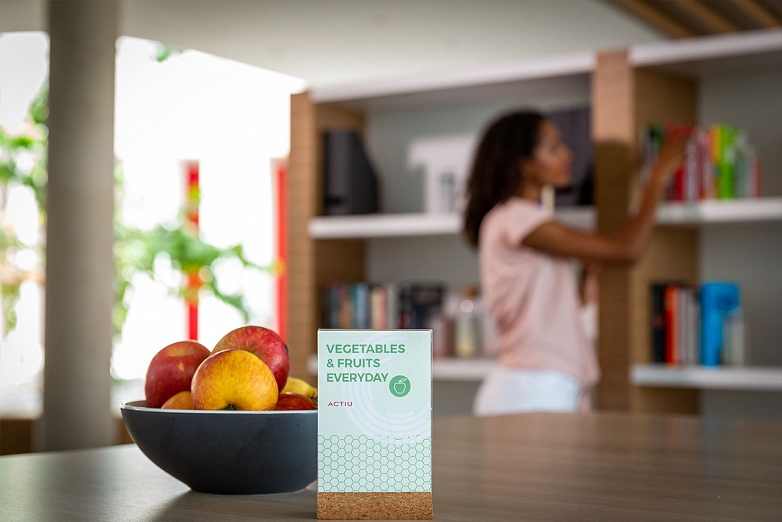
A certification of growth
There are currently 3,907 WELL projects in the world (251 which have already been certified and 3,656 others at different stages of the certification process), a figure that is more than four times what it was a year ago. In order to explain this spectacular growth, it is very important to understand the work that has gone into raising awareness of the certification awarded by the WELL Building Institute and its partners. This includes the WELL Conference, which is organised annually by the ITG in Madrid and Barcelona. The popularisation of topics related to sustainability in architecture and health in constructed spaces have also contributed to this awareness. For Bieito Silva, the most important thing is “developing a process of awareness that buildings can positively or negatively contribute to people’s health”.
The organisation of introductory training about the certification and preparing for the exam to become WELL AP accredited has also contributed to the spreading of awareness. This means the WELL community is now made up of more than 10,000 people in over 83 countries.
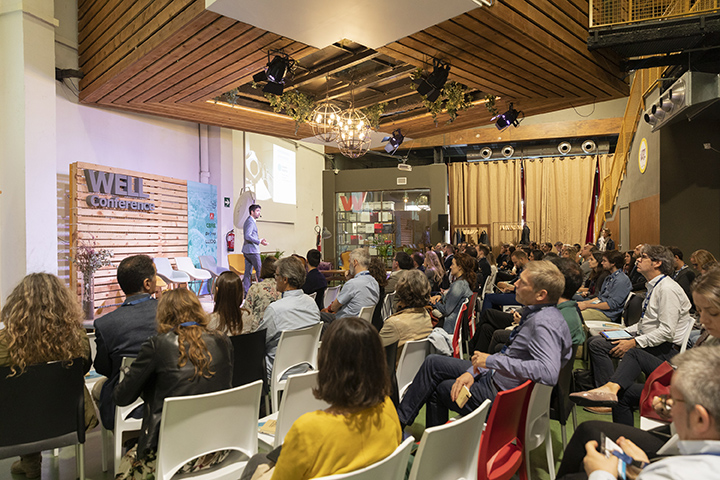
Benefits of the WELL Building Standard
Companies were the first to try and apply this new standard. “WELL looks at the health and wellbeing of the user of a building and, in the case of an office building, what benefits the worker also benefits the company”, notes Bieito Silva, adding that “it has been shown that generating a comfortable and healthy atmosphere which encourages wellbeing improves productivity and reduces absences and time off work”. In the case of the ASID headquarters, which was the first WELL-certified building in the world, absenteeism reduced by 19% after one year. The Well Workplace report noted a 37% reduction in absenteeism in WELL environments and a 21% increase in productivity.
It’s also shown itself to be a very useful tool when it comes to holding onto talent, especially young talent, who are taking issues related to quality and wellbeing into account more and more when it comes to choosing between different job options.
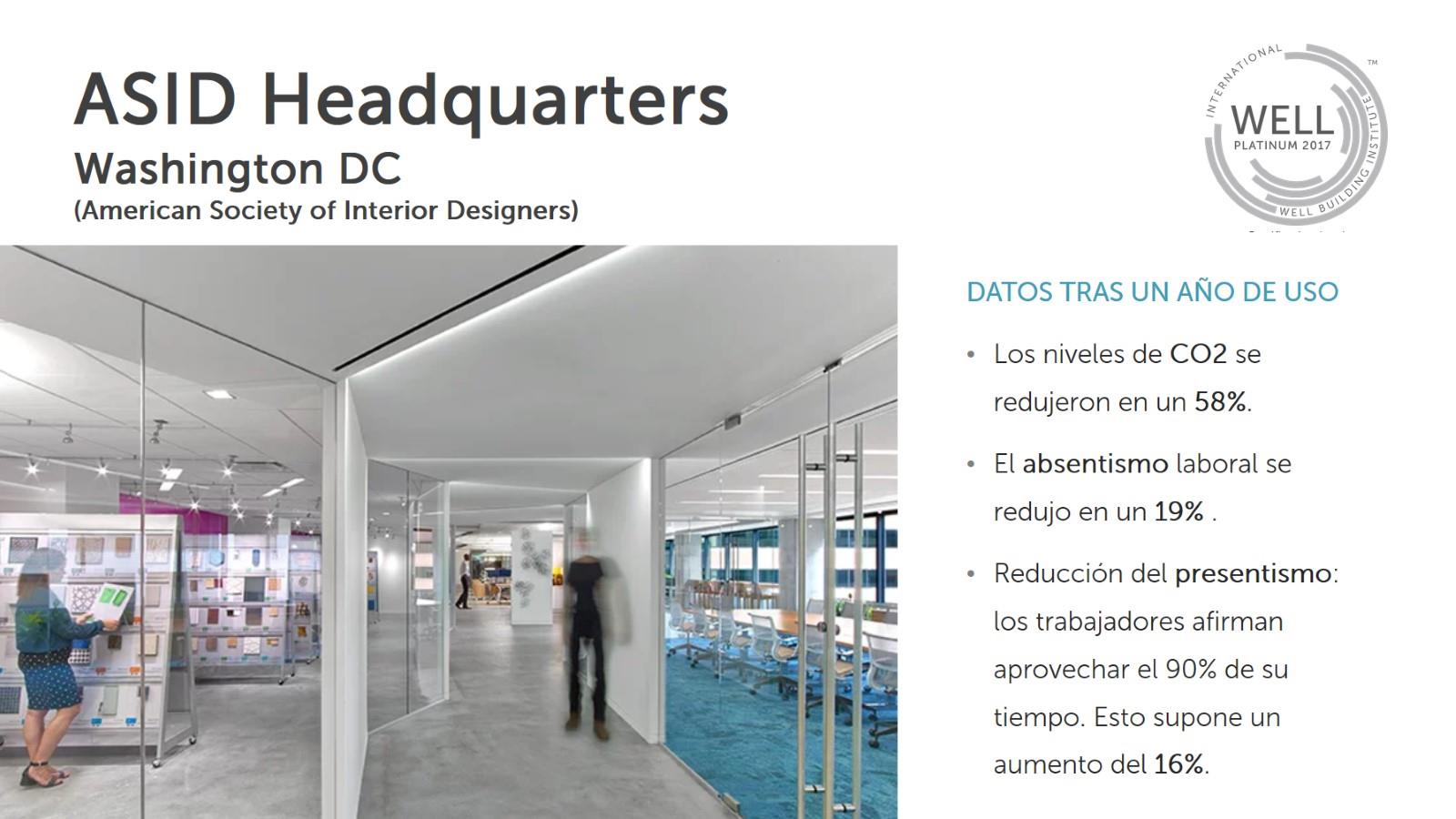
More than offices
The WELL certification adapts to any building, no matter what it is used for or the field of the project and applies the same standard to buildings in the process of construction and existing buildings. “There are many company projects which are already in recently-constructed modern buildings with very high quality indices that evaluate if different features are being fulfilled and which just need to undergo some minor modifications (furniture, lighting, management) which don’t affect anything structurally”.
Office spaces were the first, but in the US and China, two of the biggest markets for certification, the residential sector is number two and is very significant. For Bieito Silva, it’s not about the type of building, but rather the hours spent in a particular space: “The certification is of particular interest for spaces in which the user spends a lot of time. The office is one of them but there is also the home, hotels, schools, high schools, or hospitals, where the space can have a very beneficial impact on their health.”



